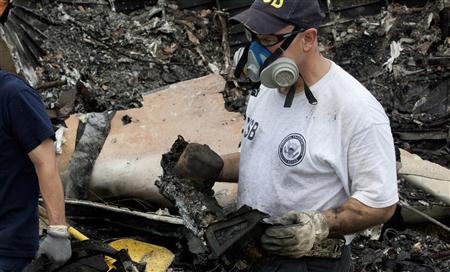Originally posted by Evan
View Post
Ironically, often referred to in a positive way as determination as it is easily transposed.
The fixation relieves the concious mind of the burden of peripheral information and SA as they concemtrate their attention on only certain criteria. Not only is it common to all humans as a fundamental feature of our modern minds, it is trained in at school and especially in things like flight training. The ability to focus on a few critical issues while maintaining peripheral awareness is the part of latter or more advanced training and then gets better with accumulated experience. But not all humans are in control of their tunnel vision aspects as others.
In the extreme, target fixation can cause us to be aware of a danger, even the exceptional and iminent severity of risk and still push through to the objective in the delusion that we are expanding our personal envelope of performance.
On the whole, modern pilots are as good as it gets at overcoming this and their overall safety record proves it. But, as in many things, fatigue and overload can make it worse as well as complacency and lack of experience.
Miss a vital process one day, and the next many other processes suffer the consequence of slight neglect as you 'make sure it doesn't happen again'.
A rather simplistic analysis and just my opinion.


Comment